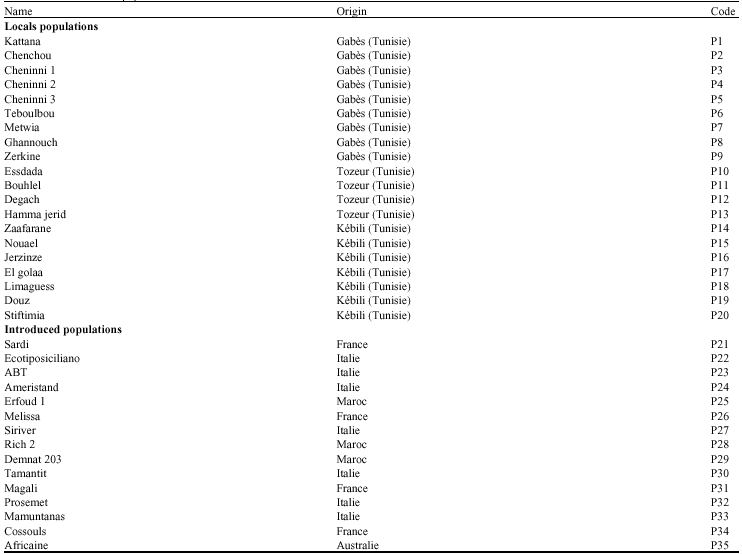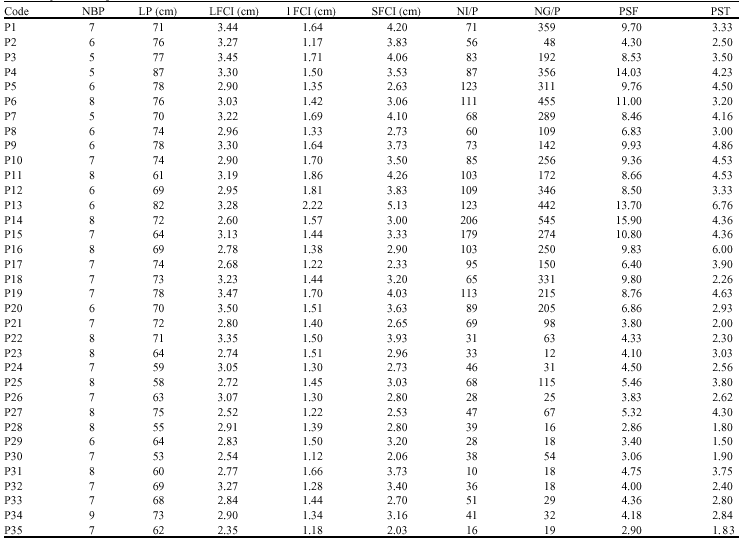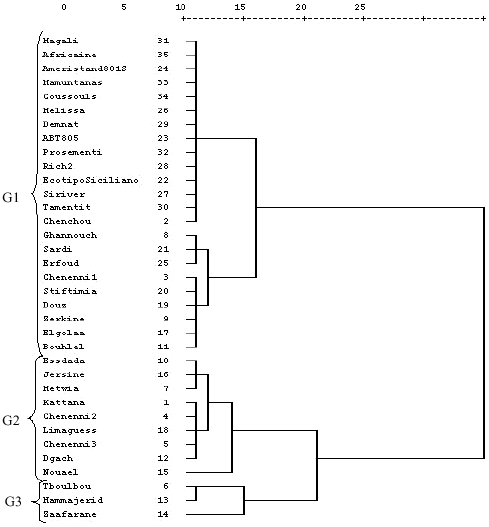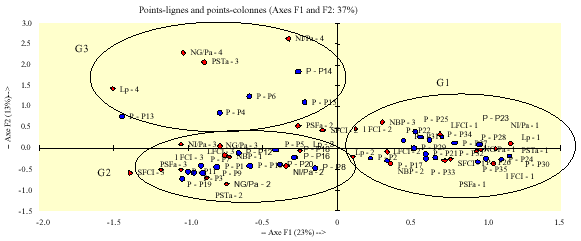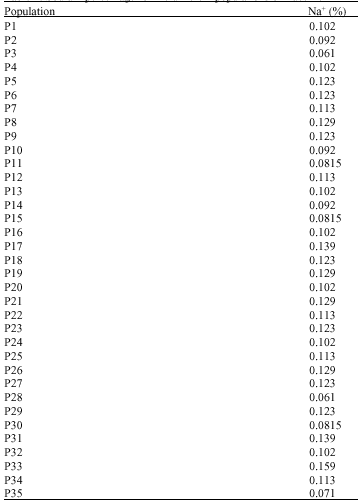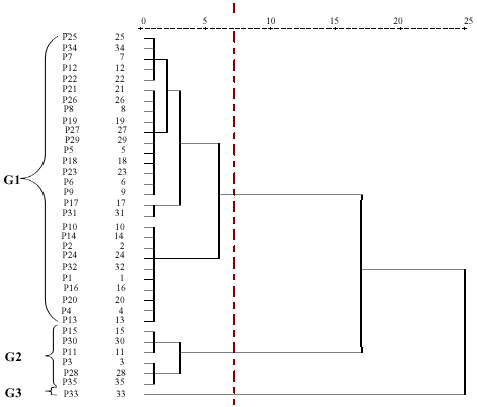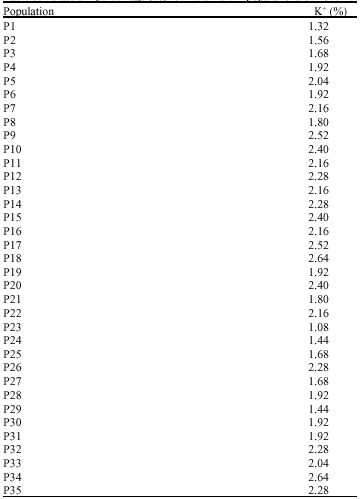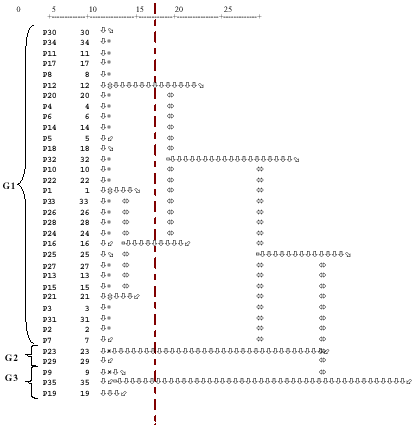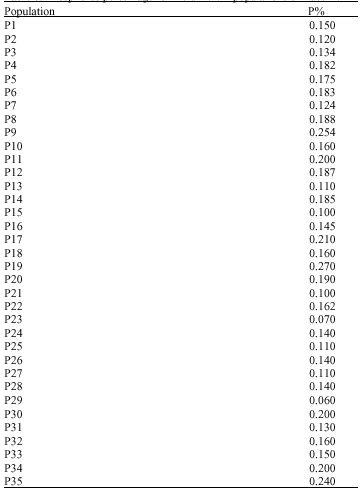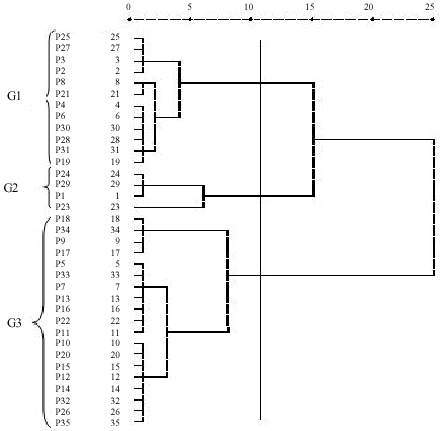Research Article
Mineral Composition and Genetic Variability of Some Mediterranean Populations of the Cultivated Alfalfa (Medicago sativa L.) Supported by Morphological Markers
Institute of the Arids Areas, Medenine, Tunisia
F. Guesmi
Institute of the Arids Areas, Medenine, Tunisia
K. Fares
Institute of the Arids Areas, Medenine, Tunisia
C. Zagrouba
Institute of the Arids Areas, Medenine, Tunisia
A. Ferchichi
Institute of the Arids Areas, Medenine, Tunisia









